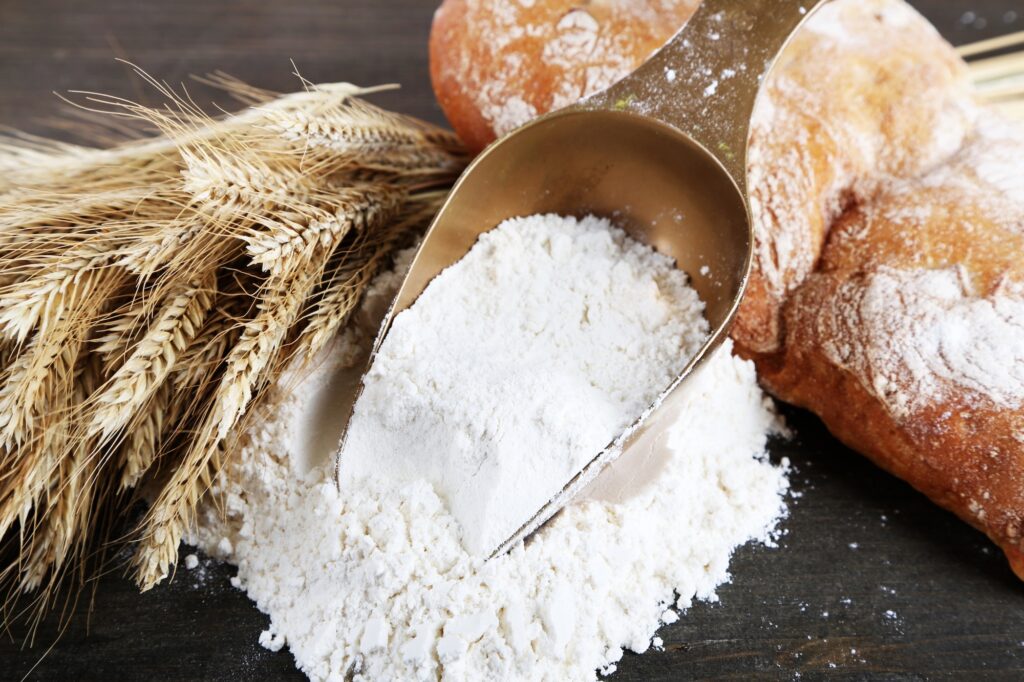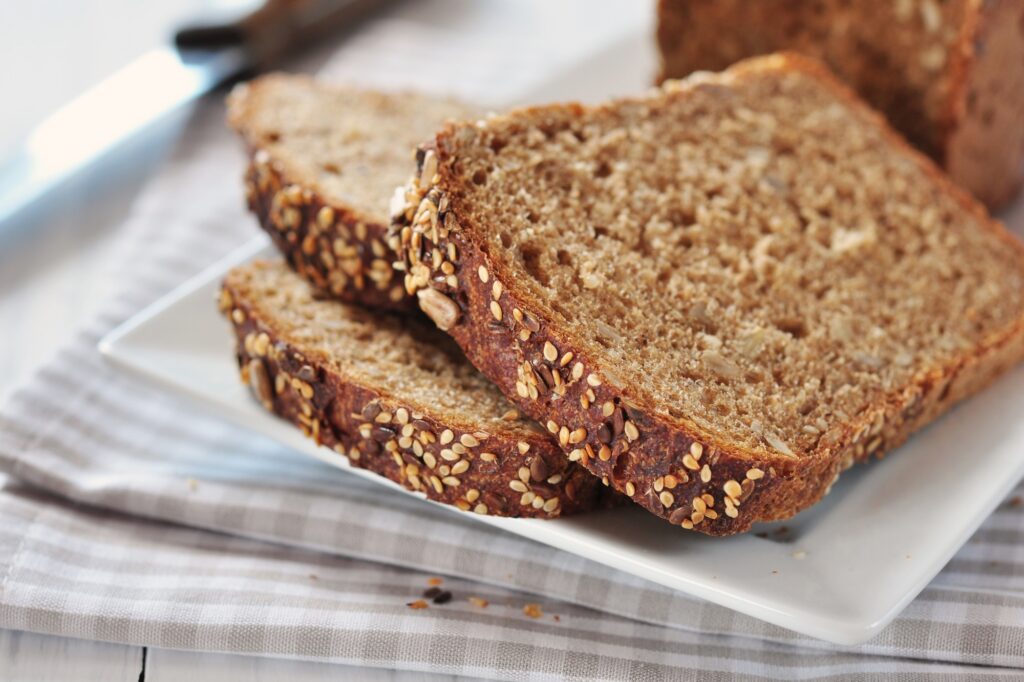February is Heart Health Month, a time to focus on cardiovascular well-being and the lifestyle choices that support a strong heart. While exercise and stress management play a crucial role, diet remains one of the most effective ways to promote heart health. Among the best dietary choices? Whole grains—especially whole wheat flour.
The Connection Between Whole Grains and Heart Health
Whole grains have long been recognized for their benefits in reducing the risk of heart disease. The American Heart Association and numerous studies highlight their role in lowering cholesterol, improving blood pressure, and supporting overall cardiovascular function. Whole wheat flour, in particular, is a powerful source of fiber, essential nutrients, and heart-protective compounds.
Nutritional Benefits of Whole Wheat Flour
Whole wheat flour is packed with:
- Dietary Fiber – Helps lower LDL (bad) cholesterol and supports healthy digestion, reducing the risk of cardiovascular disease.
- B Vitamins – Essential for energy metabolism and reducing homocysteine levels, a risk factor for heart disease.
- Magnesium & Potassium – Help regulate blood pressure and support proper muscle function, including the heart.
- Antioxidants & Phytochemicals – Aid in reducing inflammation and oxidative stress, both linked to heart disease.
Whole Grains vs. Refined Grains: Why It Matters
Refining grains strips away key nutrients, leaving behind mostly starch. White flour, for example, lacks the bran and germ, which contain fiber, healthy fats, and essential micronutrients. Without these components, refined grains can lead to blood sugar spikes, inflammation, and increased heart disease risk. By choosing whole wheat flour over refined flour, you’re ensuring that your diet supports long-term cardiovascular health.

Simple Ways to Incorporate More Whole Grains
Making the switch to whole grains doesn’t have to be difficult. Here are a few easy ways to add whole wheat flour and other whole grains into your diet:
- Choose Whole Grain Breads & Cereals – Opt for 100% whole wheat bread and cereals with whole grains as the first ingredient.
- Swap White for Whole Wheat – Use whole wheat flour in baking, pancakes, and pasta recipes.
- Make Heart-Healthy Snacks – Try homemade whole grain crackers, granola bars, or whole wheat pita chips.
- Experiment with Baking – Blend whole wheat flour into muffins, cookies, and pizza dough for added fiber and nutrients.

Sustainable & Heart-Healthy Choices
Beyond personal health, choosing whole wheat flour from sustainable and regenerative agriculture practices supports both the environment and a nutrient-rich food system. Flour sourced from farmer-led, transparent supply chains often retains more of its natural nutrients and integrity, making it an even better choice for overall wellness.
Take Action This Heart Health Month
This February, make a commitment to your heart by incorporating more whole grains into your meals. Whether it’s baking with whole wheat flour, swapping out refined grains, or trying a new heart-healthy recipe, every small change contributes to better cardiovascular health.
Want to get started? Try a simple whole wheat bread recipe or explore more ways to add whole grains to your daily routine!


